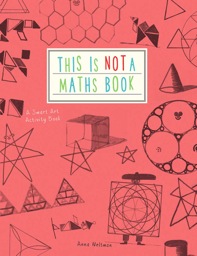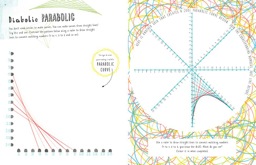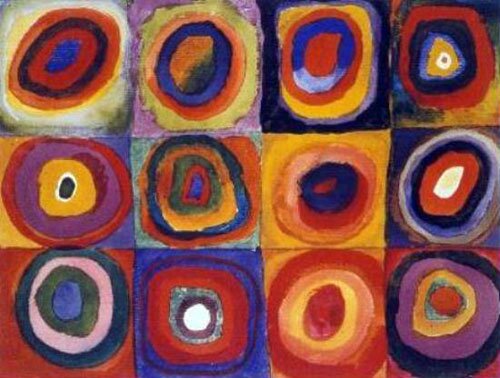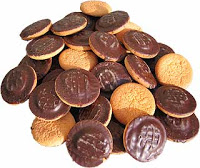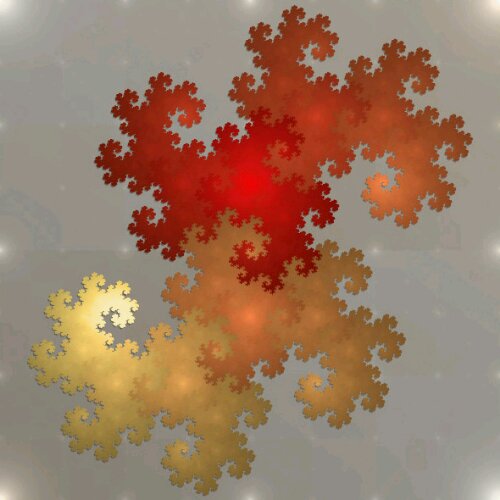We may only be a few weeks into the summer term, but I can safely say this is my book of the term. A gently inspiring, pick up a pencil and relax book.
‘This is not a Maths book’ by Anna Weltman (RRP £9.99) takes all the beautiful ideas we maths teachers wish we could use more often and collects them into a wonderful book.
The pages are full colour and the paper quality is excellent – almost tactile. And the best bit is that no-one can tell you off for doing students’ work or wasting your time making that wall display just right. It’s your book … just for you … you can be as possessive and OCD about the colouring pencils as you want!
It would make a good end of term prize too – a bit different to the usual geometry set or calculator. If you are a forward planner, you could even buy this book for your mathematical someone in a departmental ‘Secret Santa’.

